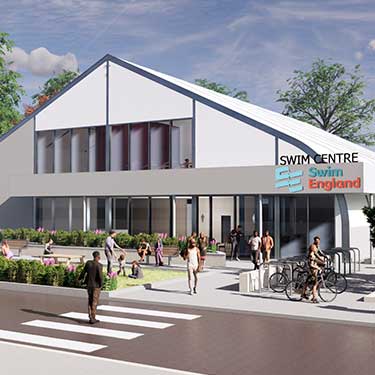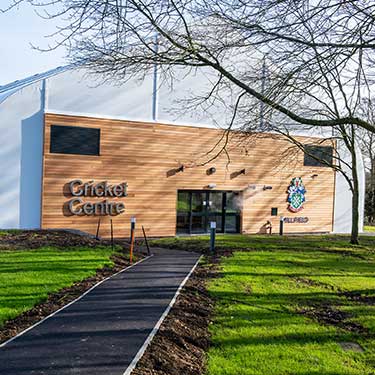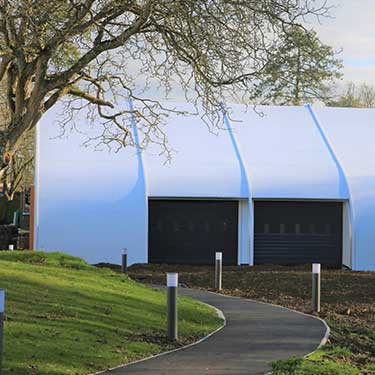Offering ideal heating and cooling efficiency
Constant research, testing and development have led to a Sprung structure that provides naturally better climate control.
Unlike a metal building that compresses insulation at many locations within the finished product and lowers the R-value (the measure of thermal resistance), a Sprung structure keeps the insulation much closer to its maximum thickness for optimum performance and comfort. It also reduces climate control costs and absorbs sound for better acoustics.
The structure is ideally suited to almost any climate imaginable, from -50°C to +50°C.
When you build a Sprung structure with insulation, you also get their high-strength, rip-stop interior membrane. This membrane is more durable than drywall and offers exceptional fire-retardant capability.
Five reasons insulation performs better in a Sprung building
- Sprung’s highly tensioned exterior architectural membrane provides a significantly better airtight building envelope.
- There is no differentiation between wall and roof of a Sprung structure, which provides a more consistent R-value rating throughout the entire building envelope.
- Up to 9-inch-thick (R-30) layer of Johns Manville formaldehyde-free fiberglass blanket insulation means better performing insulation.
- A double vapour barrier system helps reduce mould and mildew.
- A reflective foil backing doubles both as a vapour barrier and to retain and reflect radiant heat, adding to the overall energy efficiency.
Why we use the Johns Manville formaldehyde-free fibreglass blanket
- It is the only formaldehyde-free fibreglass product of its kind in the world.
- The aluminum foil backing increases overall efficiency, retaining or reflecting radiant energy.
- The blanket is eight or nine inches thick, exceeding building code requirements.
- The R-25 or R-30 rating of the fibreglass blanket contributes to an extremely energy-efficient system.
- The fibreglass is certified by Scientific Certification Systems (SCS) to have a minimum recycled content of 25%, comprised of 20% post-cosumer bottle glass and 5% post-industrial glass.


